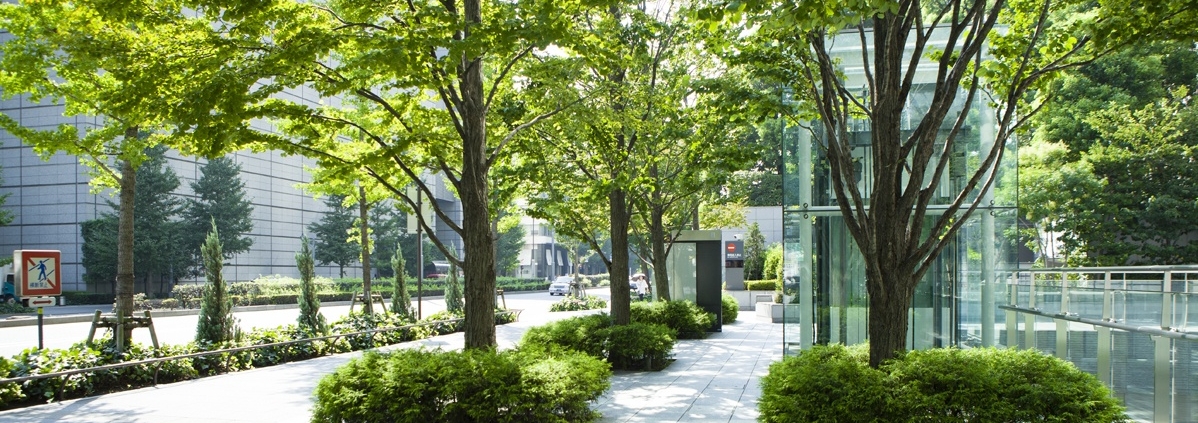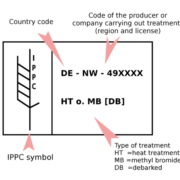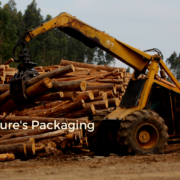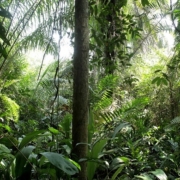Urban Forest Wood-An Innovative Look at Recycling
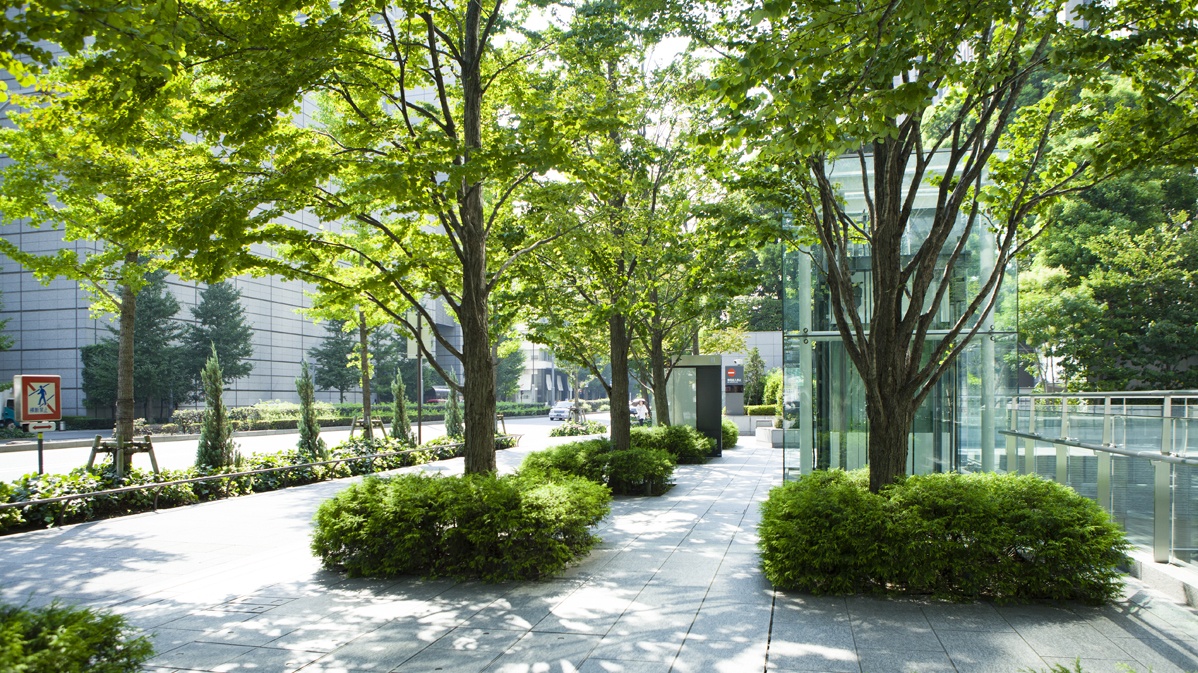
Urban trees are one of those remarkable stories that largely flies under the radar. We appreciate how a large canopy can shield us from the intense summer sun or help keep us dry during an unexpected downpour, but most of the time, we take them for granted. We shouldn’t.
According to the Food and Agricultural Organization of the United Nations, urban trees offer a wealth of benefits. Did you know that a mature tree can absorb up to 150 kg of CO2 per year? Aside from sequestering carbon and creating biodiversity, trees help filter pollutants and fine particulates. They also reduce energy requirements for air conditioning and heating when strategically placed.
Research has found that trees aid city dwellers’ physical and mental health and their presence even boosts real estate value. But for urban trees, the story hasn’t always had a happy ending. At the end of life, too often, they have ended up in the waste stream, chipped or burnt, a low repayment for many decades of civic service. The rise of the urban wood movement, however, offers a more promising path.
The sustainability case for upcycling harvested urban wood is compelling. Approximately 3.8 billion board feet of urban wood harvested annually from U.S. cities could be processed into lumber – not counting fire salvage or orchard rescue trees. Utilizing just 10% of that urban wood harvest currently chipped or left to rot would have an equivalent impact on removing 732,000 cars from the street.
The urban wood movement has been growing in recent decades as people have increasingly recognized the value of harvested city trees that had long been underutilized. One of those many stories is told by Jennifer Alger, Director of the Urban Wood Network Western Region, a not-for-profit organization.
She grew up, she said, riding in her dad’s truck as he scoured neighborhoods looking for trees that needed to be taken down. He had been a contract logger by summer and a burl buyer for a firearms manufacturer in winter.
But when the logging business bottomed in the early 1980s, “I spent my childhood in a vehicle with Dad buying these random dead or dying trees from people’s houses,” she recalled. And so he was doing urban lumber before the term ‘urban lumber’ was even coined. At that time, they were cutting for firewood and cellophane wrapping bundles of it for retailers.
Her father recognized the value of timber from the wood world, and it pained him to be cutting perfectly good lengths of material into firewood. “Why are we cutting these logs into firewood?”, he asked Jennifer, “These logs are gorgeous”.
They began setting aside the best logs and stockpiled them. Finally, they bought their first portable band sawmill in the 1990s, allowing them to mill lumber. Similar stories are told around the country by other companies and participants who recognize the value of harvesting urban wood.
Like others in the urban wood recovery business, Jennifer found a knowledge void regarding its potential value. With that thought in mind, she began networking informally in the early 2000s with the help of CalFire and the United States Forest Service to reach out to arborists and other stakeholders about more sustainable outcomes for urban trees. “We were importing all these hardwoods from either the East Coast or from overseas and here in California, we were spending hours on chipping them, burning, or landfilling – all of these scenarios,” she recalled.
One of the myths that needed to be overcome was that urban trees would be too expensive to mill because of embedded steel objects.” Everybody told me that it costs too much to mill these urban trees because they have nails in them, and so it’s just going to be too costly.” She responded that they were already milling urban trees at her company, and with the value of a blade only $17 or $20, “not that big of a deal.”
In 2016, Urban, Salvaged, & Reclaimed Woods Inc., a West Coast non-profit network was incorporated. In networking with other groups around the country, however, group members discovered that different regions had slightly different perspectives about urban wood. For example, some regional networks included reclaimed lumber from deconstruction, while others included only urban trees.
“The urban wood movement is big and it’s catching on worldwide,” Jennifer said. “But we recognized that we were fragmented.” That fragmentation was standing in the way of building a stronger industry. Collectively, the urban wood communities recognized the need to rebrand, as well as to create standards and certification programs that would help build consumer trust and shield customers from poor quality suppliers.
After much discussion with each of the networks around the country, it was determined that we would unite under the Urban Wood Network with the previous West Coast group becoming the Urban Wood Network Western Region. As a result of that collaboration, urban wood can be described as:
“Any wood that was not harvested for its timber value and was diverted from or removed from the waste-stream and developed or redeveloped into a product. Urban wood can come from three sources: Deconstruction, fresh-cut urban trees, & salvaged wood.”
The group is working towards several initiatives to increase the professionalism of the industry, including the establishment of lumber grades specific to urban timber and chain of custody certification program.
Jennifer is currently working with an expert team of developers and customer experience specialists on the build-out of AncesTREE™ an Inventory Management System and enterprise application that will allow users to easily adhere to the industry standards, track the chain-of-custody, manage their inventory, and generally better manage and grow their urban lumber businesses.
An integrated approach is increasingly being sought, involving cities, municipalities, and large corporate or educational campuses. Attention to pruning and tree care with eventual salvage in mind can boost the marketable value of timber.
The establishment of urban forest management plans and policies can make an important difference for the industry going forward. The establishment of policies will make the urban wood industry less vulnerable to the loss of key urban wood supporters in key decision-making roles.
There are several forces at play that are helping drive the urban wood movement. On one hand, there are increasing restrictions regarding the landfilling of wood waste. On the other hand, people recognize the substantial benefits of using urban wood. With its beautifully unique appearance, it creates one-of-a-kind home products, while supporting local businesses. Using local urban wood also is a celebration of local history, while playing a part in diverting waste and sequestering carbon.
These days, many individuals and organizations are helping to script a more sustainable end of life scenario for urban trees through solid wood recovery. “By networking together, we can build awareness that brings these trees back into the social and economic lives of the communities they came from in the form of lumber, slabs, flooring, siding, furniture, art, architecture and other value-added wood products,” the Urban Wood Network states at its website.
For her part, Jennifer believes that the groundwork the Urban Wood Network is creating today will set the stage for the growth of the urban wood movement and a more sustainable outcome for city trees. Through its focus on education, standards, and promotional assistance, she sees a bright future. “We expect in the next two to five years an absolute explosion of the urban network and its membership,” she concluded.

